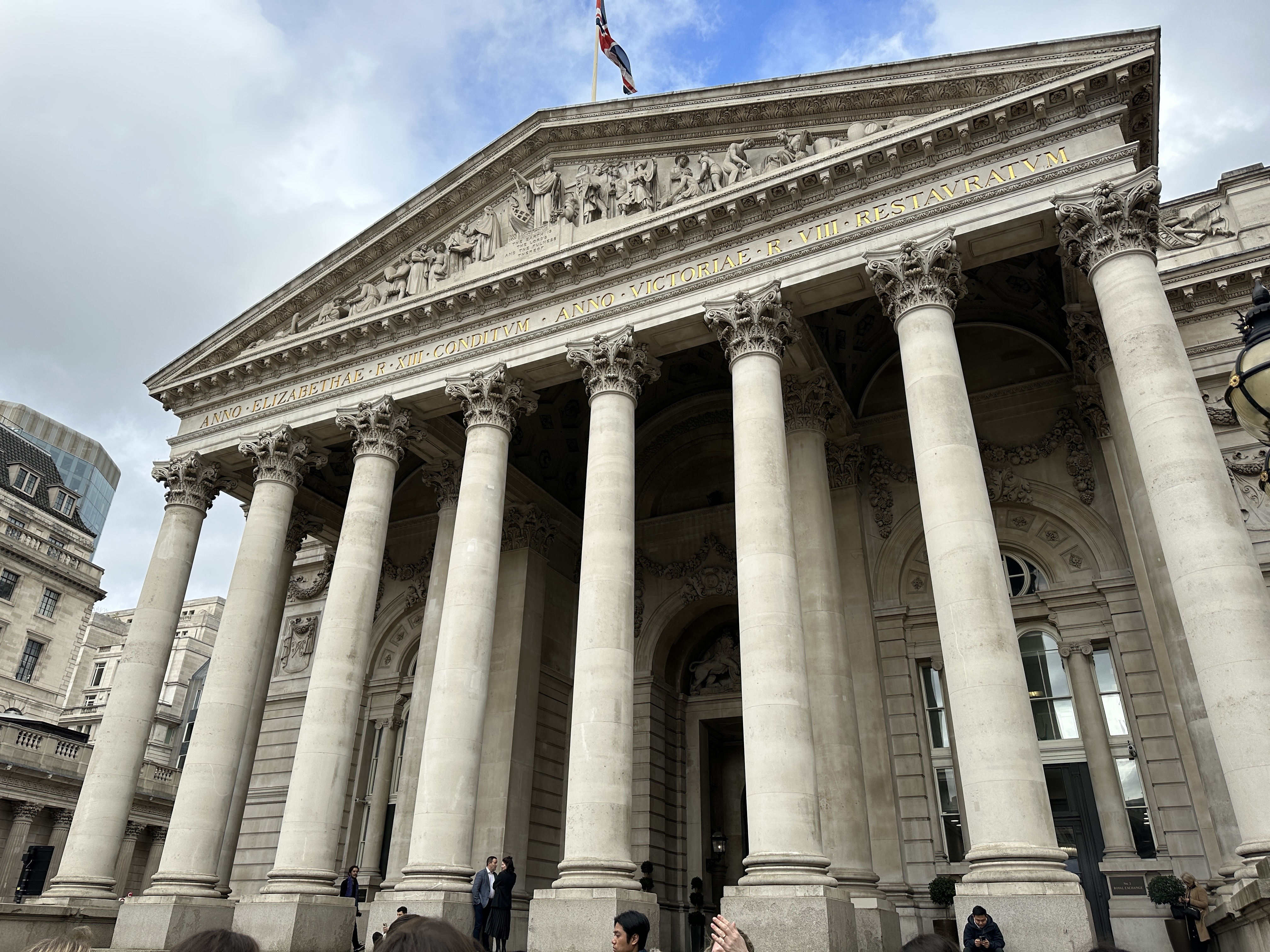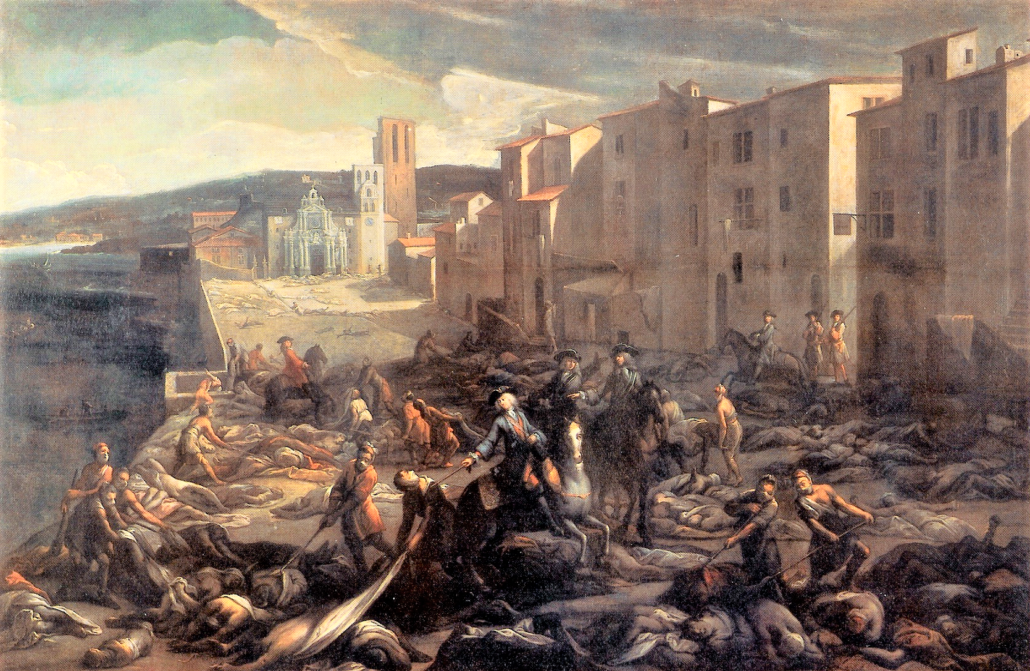- Published on
The Early Modern City of London

Table of Contents
- Historical Periods of London
- The Freedoms and Challenges of Early-Modern London
- Trade & Commerce within the City
- Immigration within the City
- The Plague and Increased Sanitation
- The Great Fire
- Summary
Historical Periods of London
To start to understand how London has evolved, it is important to understand the different eras that existed in British history. Below are some of the events that document most of the eras within Britain.
| Time | Period of Time | Monarchs | Notable Events |
|---|---|---|---|
| 1400s | Ancient Regime | Henry, Mary, Elizabeth | |
| 1500s | Ancient Regime | Tudor | |
| 1600s | Early Modern | Stuart | Civil War |
| 1700s | Modern | Georgian | Long Eighteenth Century |
| 1800s | Modern | Victorian | |
| 1900s | Post-Modern | Edwardian | |
| 2000s | Post-Modern | Elizabeth |
The Freedoms and Challenges of Early-Modern London
William the conquerer wrote a charter for the City of London granting freedoms that other people did not have outside of the city. This gave the City a degree of autonomy that was unusual for the time and helped to foster a sense of civic pride and identity.
In the 1600s, the City of London was uniquely modern due to its thriving financial and commercial sector, innovative architecture and urban planning, intellectual and cultural institutions, and sense of autonomy and independence. The City played a leading role in the growth and development of the modern world. The modernity of the city has a lot of freedoms and a lot of challenges.
Trade & Commerce within the City
The City of London's charter established it as a major center of trade and commerce, granting it the power to conduct business and collect taxes on traded goods. The City's exemption from paying taxes to the monarch contributed to its growth and success, and its central location and access to transportation routes made it a hub for trade.
Immigration within the City
This charter also led to massive influx of people within the City of London leading to significant regulations that limited immigration. For instance, Women were not allowed to enter within the city and often had to turn to methods such as strategic marriage to enter the city.
The Plague and Increased Sanitation
The Great Plague of 1664-1666 was a devastating epidemic that hit the City of London that was relatively contained because there was not accessible globalization and travel methods. The impact of the plague on the City of London was severe because the households were densely populated. Over time, the plague spurred the development of new public health measures to combat the spread of disease, such as quarantine measures and improvements in sanitation.  The inhabitants of the City of London believed that the disease spread through an odor, known as Miasma, which was an early example of scientific observation and response. They were able to observe a correlation between the foul smell and the spread of the disease, and acted upon it by wearing masks to protect themselves. This measure proved effective in mitigating the spread of the plague, showcasing an early understanding of the importance of public health and hygiene.
The inhabitants of the City of London believed that the disease spread through an odor, known as Miasma, which was an early example of scientific observation and response. They were able to observe a correlation between the foul smell and the spread of the disease, and acted upon it by wearing masks to protect themselves. This measure proved effective in mitigating the spread of the plague, showcasing an early understanding of the importance of public health and hygiene.
The ease of the spread of the plague within the City of London was due in part to the way the houses were constructed. The buildings were made of wooden cubes and were constantly expanded upwardly, resulting in a lack of space, rain and natural light. As a result, the buildings touched each other at the top, leading to densely populated housing and limited ventilation. Furthermore, the lack of proper sanitation systems meant that people often threw their waste out of their windows and onto the street, creating a breeding ground for fleas and rats that carried the disease.
The Great Fire
In 1666, the Great Fire of London swept through the city, leaving the city pretty devastated. In an effort to control the fire, firefighters created fire breaks, depriving the flames of fuel and limiting the damage. However, the city's democratic and modern character presented a challenge, as many homeowners were reluctant to surrender their properties for the greater good. This reluctance allowed the fire to continue burning and contributed to the disaster's devastating impact on the city.

During the Great Fire of London, King Charles II did consider using military force to stop the blaze, which could have had significant consequences for the city's future. If the King had taken this drastic action, it could have led to the destruction of much of the city and changed its economic and cultural trajectory.
After the fire, there were plans to rebuild the city of London as a more organized and well-planned urban center, with wider streets and better sanitation. However, these plans were ultimately never realized due to the city's democratic structure and the resistance of property owners to major changes. Instead, the government enacted regulations and building codes aimed at improving safety and preventing future fires.
Despite the fact that the grand vision for a rebuilt London was never realized, the rebuilding efforts after the Great Fire did result in some significant improvements. The new buildings were constructed with fire-resistant materials and designed with features such as courtyards and alleyways to improve ventilation and reduce the risk of future fires.
Summary
The City of London was granted a charter by William the Conquerer that gave it a degree of autonomy and helped to foster a sense of civic pride and identity. The City became a major center of trade and commerce, with the power to conduct business and collect taxes on traded goods. However, regulations limited immigration, and the Great Plague of 1664-1666 had a devastating impact due to the densely populated housing and lack of proper sanitation. The Great Fire of London in 1666 further devastated the city, and plans to rebuild it as a more organized and well-planned urban center were ultimately never realized. Nonetheless, the rebuilding efforts resulted in some significant improvements, such as buildings constructed with fire-resistant materials and designed with features to reduce the risk of future fires.
- Authors

- Name
- Apurva Shah
- Website
- apurvashah.org